Reality of Refugees in Trump’s United States – A Glimpse

Trump's rule has changed the whole situation of refugees and migrants, and it has affected the massive population in the U.S.A.
A place where cultures collide, a massive melting pot of various peoples, all were looking for a better life. As Trump adds more countries to its visa ban list, the new reality of the refugees living in Trump’s United States is that they are still in a search.
The United States has been a place for over 240 years in which those who had nothing else could build a life for themselves and their families. That is the ideology underpinning our sanctified American dream.
The country has thrived throughout our history, from an influx of people from all over the world. Yes, the original settlers, ethnic minorities, likely failed the Trump wealth check.
The Mexican Border Crisis

Around ten years ago, most people were trying to cross from different places into the U.S. were Mexicans, escaping poverty or crime. Recently, though, there was a decline, with Mexicans nowhere to be seen at some crossings.
However, figures for 2019 show a renewed rise in Mexican asylum seekers, as the cycle of violence in narcotrafficking returns to record levels. About half of border asylum seekers are now Mexican.
As a full-blown humanitarian catastrophe and the centrepiece of Donald Trump’s electoral reelection campaign, the migration crisis at the U.S. – Mexico border becomes apparent, to those who have supported migrants for decades: here the world has converged.
These are the cultural and economic layers of migration to the world’s busiest boundaries, a gateway to the new American dream – unpleasant vision.
Before Trump Administration

The U.S.A. has been the leading haven for refugees in the world for decades. America has sheltered more affected people than all other countries over the years.
Although millions of refugees continue to be given temporary asylum in many countries all over the world, different countries refuse to provide citizenship. Three million refugees have been offered by the U.S. since 1980, more than the world.
This year, it was set at a limit of 231,000 people how many people could migrate in the United States. Since 2000, the annual average figure has been between 70 000 and 80 000, while President Barack Obama’s administration has set the cap at 110 000 during the heights of humanitarian disasters in Syria and Myanmar.
The Drastic Change
All changed in January 2017 when Donald Trump took up office. The number of refugees accepted has declined dramatically over the years. The 2020 cap was 18,000 – the lowest number since the implementation of the U.S. Refugee Act four decades ago.
However, recent reports suggest that the so-called Trump Travel Ban, which currently bans people from six Muslim communities and a few others from entering the country, has to be extended to several new states.
These include Nigeria, Eritrea, Sudan and Myanmar, where the public will not obtain certain types of visa.
Some 4,000 places will be occupied this year by Iraqis who worked with U.S. soldiers, 5,000 for people who fled religious persecution and 1,500 homes for migrants from Central America.
The White House initially wanted to refugee not this year, heavily influenced by hawkish senior Trump adviser Stephen Miller.
The Phase of Election
Appealing to mainstream Americans is an essential facet of Trump’s pre-electoral strategy during an election year and with populism on the political map. His right-wing supporters point out that the number of refugees from Syria decreased from 12,587 to 563 between 2016 and 2019, from Iraq from 9,880 to 465 and from Somalia from 9,020 to 241.
Trump released a Management Ordinance that allowed American cities and towns to veto the relocation within their territories. The first of these types of laws is to spark long, bitter legal battles in states governed by conservatives throughout America between mostly liberal cities.
It has already received the most massive refugee in Texas. The Lone Star State was the first one to reject refugees announced last month by Republican Governor Greg Abbott. In Texan cities, such as Austin, where roughly a fifth of the population is foreign-born, the move has furious resettlement organizations and religious leaders.
New Strategy

In the Midwest, state governments have unveiled streamlined visa programmes, which are designed to meet the demand for medical and computer experts, for highly skilled immigrants from India, China and elsewhere. The spending power of immigrants in the Great Lakes region in 2015 was estimated at $130 billion.
Research by the New American Economy Research Fund has found that only 29,2% of the American-born population aged 25 and above holds a bachelor’s degree while 35,2% of immigrants are in the same level of education.’ And in recent years the foreign-born people have been even more educated.
The Fight for the Right
Whatever the case may be the immigrants and refugee from foreign countries are not going to stop fighting. They will fight until the proper rights, and respects are given to them. They use their maximum opportunities to get back whatever they have lost, no matter whether the Trump Government wins or losses in the coming election.

 Recent Changes to Canada’s Work Permit Rules and its impact on Immigrants from India
Recent Changes to Canada’s Work Permit Rules and its impact on Immigrants from India  Applications for UK Immigration witness major decline as the Immigration Laws undergo significant changes
Applications for UK Immigration witness major decline as the Immigration Laws undergo significant changes 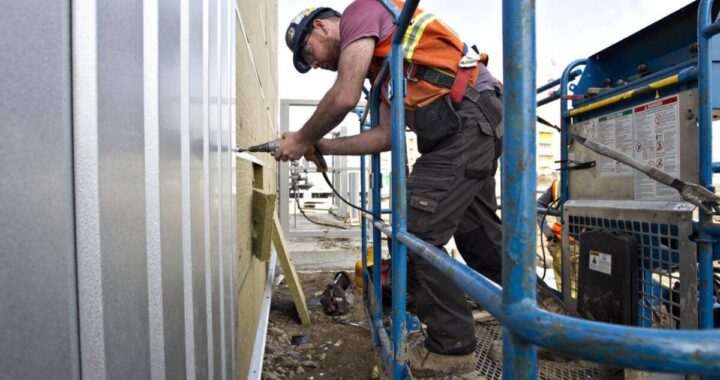 Recent Changes to Canada’s Temporary Foreign Worker Program (TFWP) Effective May 1, 2024
Recent Changes to Canada’s Temporary Foreign Worker Program (TFWP) Effective May 1, 2024 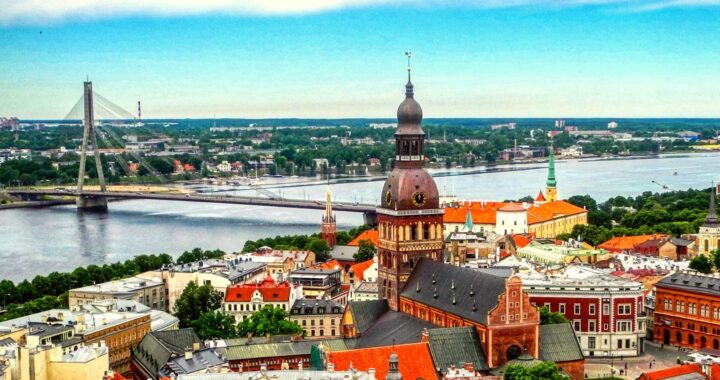 Immigration Process to Latvia and Job Prospects
Immigration Process to Latvia and Job Prospects 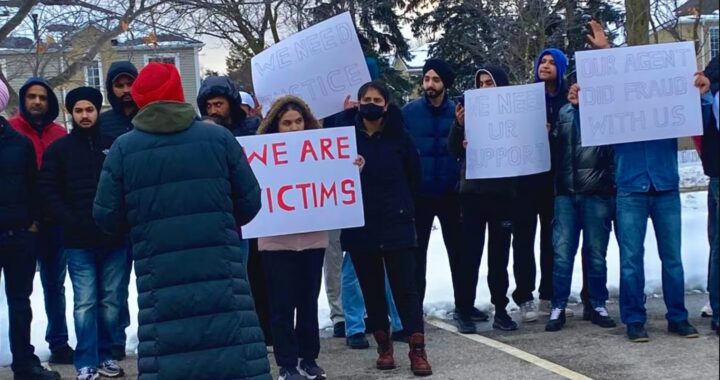 Notario Fraud- a rampant fraudulent practice trapping immigrants to US and Canada
Notario Fraud- a rampant fraudulent practice trapping immigrants to US and Canada 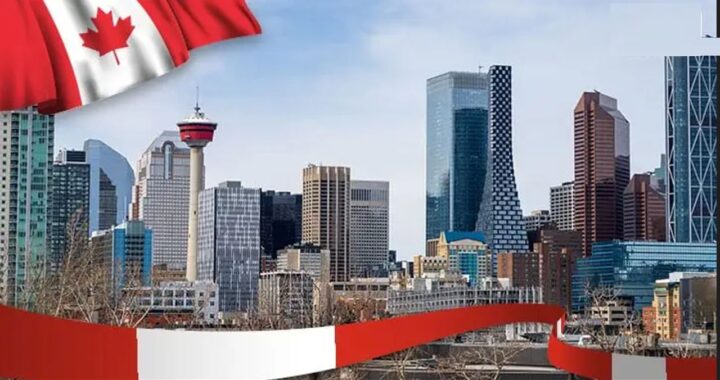 Canada Immigrant Investor Program 2024- loaded with many good features- Check out here
Canada Immigrant Investor Program 2024- loaded with many good features- Check out here 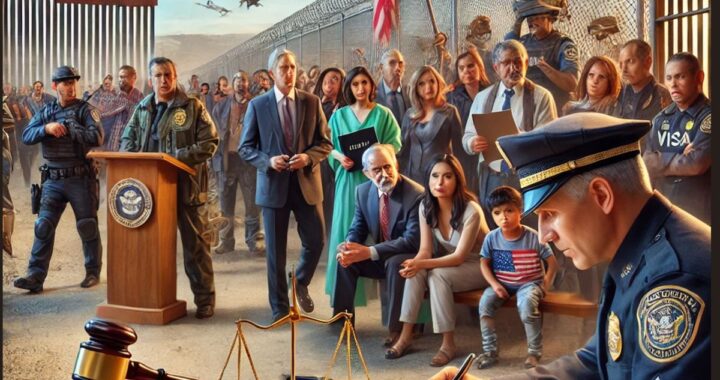 What actions by Trump Government are in store for illegal immigrants in US? What are Challenges to deport illegal immigrants from US?
What actions by Trump Government are in store for illegal immigrants in US? What are Challenges to deport illegal immigrants from US?  What are changes in Canada Start up Visa Program and Self-Employed Persons Program. How would it affect the potential immigrants to Canada?
What are changes in Canada Start up Visa Program and Self-Employed Persons Program. How would it affect the potential immigrants to Canada?